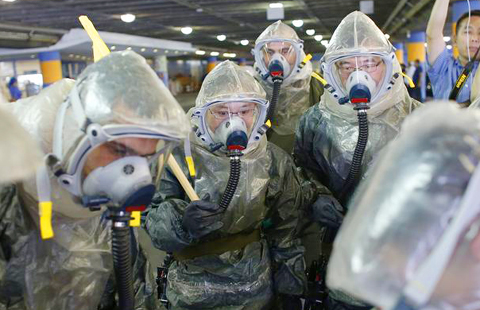General aviation hub reaches for the sky
Updated: 2014-09-17 07:35
By Zhao Lei(China Daily)
|
|||||||||||
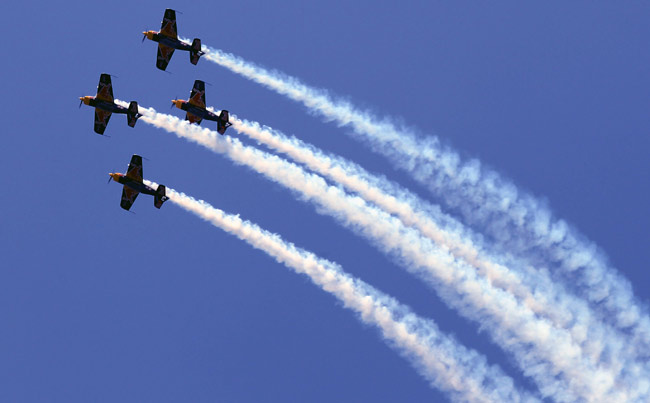 |
| The Redbull Aerobatic Team in the air during the Third Shenyang Faku International Flight Show in Liaoning province in August. ZHU XINGXIN / CHINA DAILY |
Until three years ago, only a few businesspeople involved in the dairy industry or the production of ceramic products had ever heard of Faku.
However since 2012, the county, in Liaoning province in northeastern China, has gained national renown as a hub for "general aviation", a term that encompasses all flights other than those operated by commercial airlines and the military, such as private aircraft, police aviation and air-charter services.
The local government has placed special emphasis on developing related industries, treating them as a pillar of the local economy, and setting an ambitious long-term target to manufacture at least 5,000 aircraft annually.
In August, the county hosted the Third Shenyang Faku International Flight Show - the largest air show in northern China. The five-day event attracted more than 80 aviation-related enterprises and several aerobatic display teams from China and overseas.
|
At a glance General aviation facts and figures: The Faku General Aviation Industrial Park aims to produce at least 5,000 aircraft per year in the long term. It also plans to reach an annual output of 1,000 aircraft before 2019, producing goods valued at 30 billion yuan ($4.9 billion) annually. The industrial park has a planned area of 68 square kilometers and an 800-meter runway; two 1,800-meter runways are under consideration. The Aviation Industry Corp of China will establish 50 general aviation airparks around the country. The first, in Jingmen, Hubei province, will have an investment of nearly 10 billion yuan, and should be operational before 2019. By the end of 2013, there were 1,654 general aviation aircraft on the Chinese mainland, equaling 13 aircraft for every 10 million people. The global average is 571 general aviation aircraft for every 10 million people. China has 290 general aviation airports and landing points on the mainland, while the US has at least 21,000. China's general aviation industry will have a shortfall of more than 3,000 pilots in the next five years. |
"In the past three years, we have made a huge investment in the general aviation sector, and we won't be satisfied until Faku becomes China's 'light air capital'," said Li Wenjie, deputy director of the Faku General Aviation Industrial Park management committee.
Established in 2010, the industrial park, which has a planned area of 68 square kilometers, has worked to attract enterprises involved in aircraft research and development, production of components, maintenance, personnel training, and flight tourism. China's air traffic control authorities have approved the park as the country's first pilot station for low-altitude aviation services, he added.
The county is also home to a small airport, the first in northeastern China dedicated solely to general aviation.
Pioneers
"We are definitely one of the few pioneers among local governments to have anticipated the growth of the general aviation sector and to have actively embarked on making that a reality," Li said. "We've been able to reap the rewards while many others are still making plans."
At the August air show, six businesses signed investment agreements with the industrial park. The projects include an amphibious aircraft manufacturing base and a plant to produce light aircraft, and will embrace the entire industry value chain, from development, production, marketing and selling, maintenance and training of personnel, Li said, adding that 37 light aircraft were sold at the show.
Feng Shouquan, the Party chief of Faku who initiated the general aviation project in 2009, said the county plans to reach an annual output of 1,000 aircraft within five years, generating goods valued at 30 billion yuan ($4.9 billion) across related industries every year.
"The industrial park currently has an 800-meter-long runway, and the county government has decided that two 1,800-meter-long runways will be built once those new projects become operational and start producing aircraft," he said.
Recalling the development path of Faku's aircraft industry, Feng said the sector could enjoy rapid growth because of the close proximity to Shenyang, the provincial capital, which is home to a number of aviation institutes and enterprises, and the county's high entry thresholds for businesses and investment.
Feng said once Faku secured the support of the air force and the civil aviation authorities, the local government began to contact "first class" general aviation enterprises to persuade them to invest in the industrial park.
"We made up our mind that we must attract the best players in the field to come here, and they should bring their best products," he said, adding that the county government believes that the park's success must be achieved through "internationalization" and "compliance with market rules".
Today's Top News
China's door to open wider, Li says
Shanghai FTZ official removed
Actress stuck in nations' conflict
Space-based technology to help deal with disasters
How will Alibaba justify price?
Master Kong pork noodles made with tainted oil
Beijing to tighten foreign hiring requirements
Queen urges Scots to think 'carefully'
Hot Topics
Lunar probe , China growth forecasts, Emission rules get tougher, China seen through 'colored lens', International board,
Editor's Picks

|

|
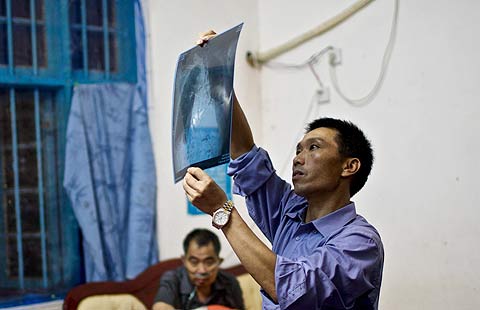
|
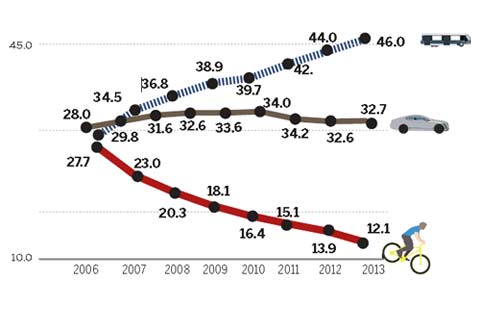
|
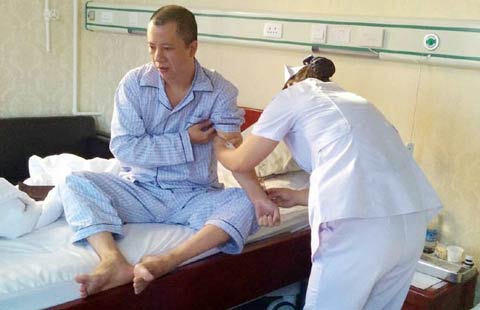
|

|



